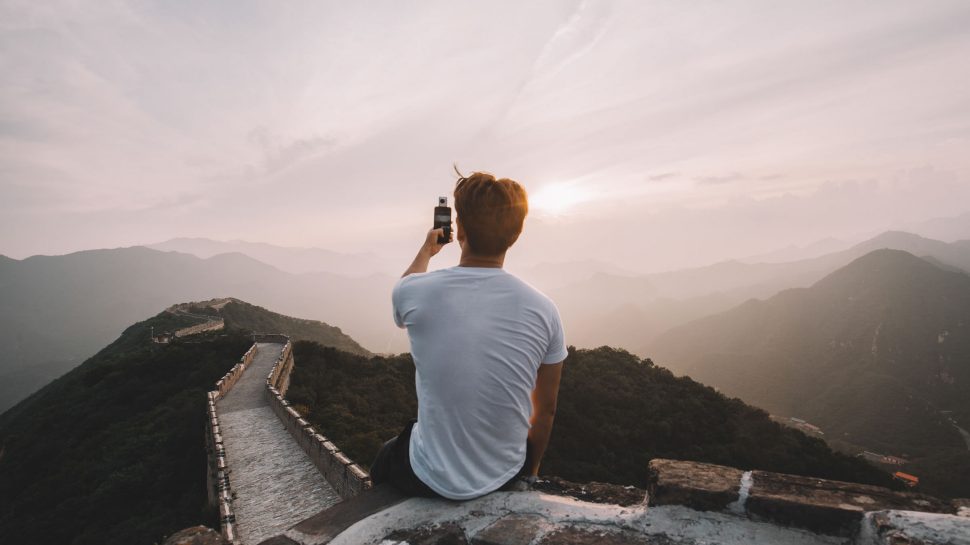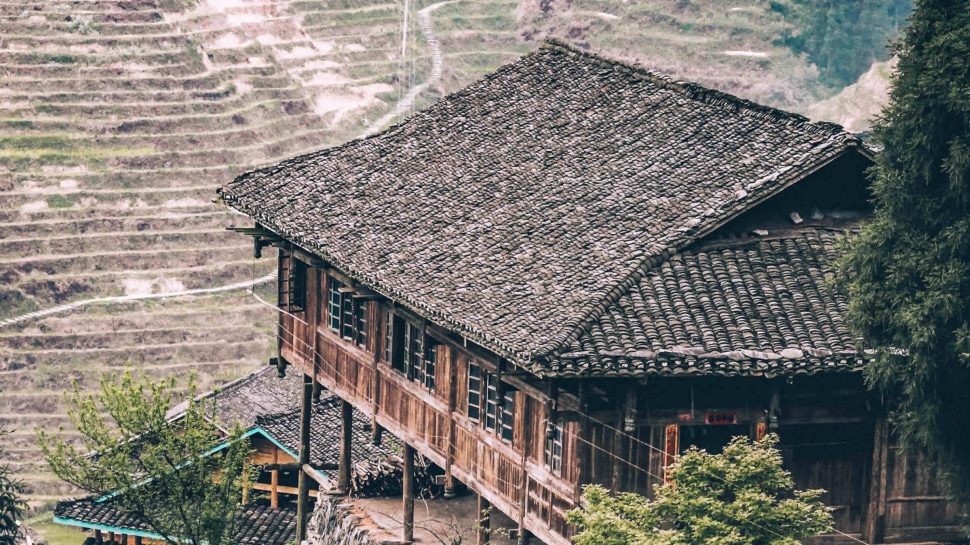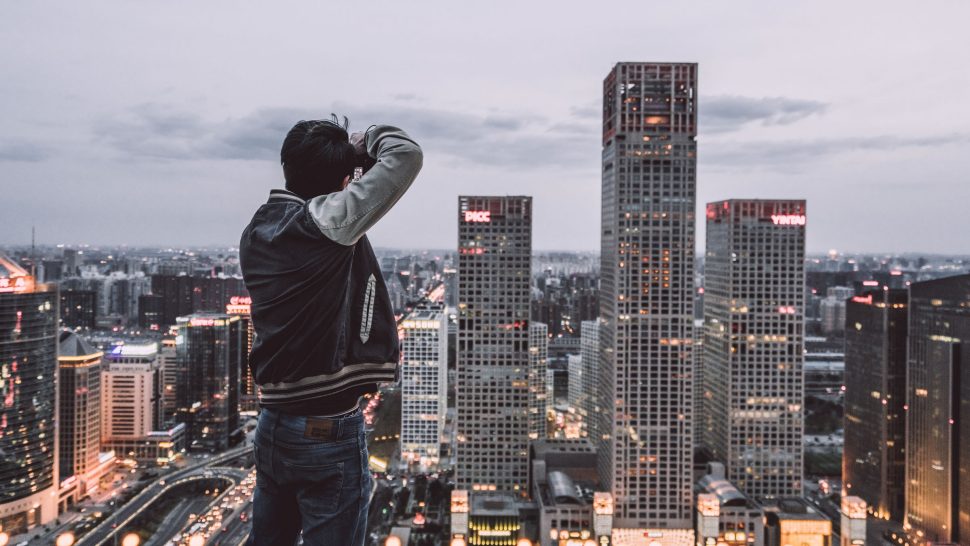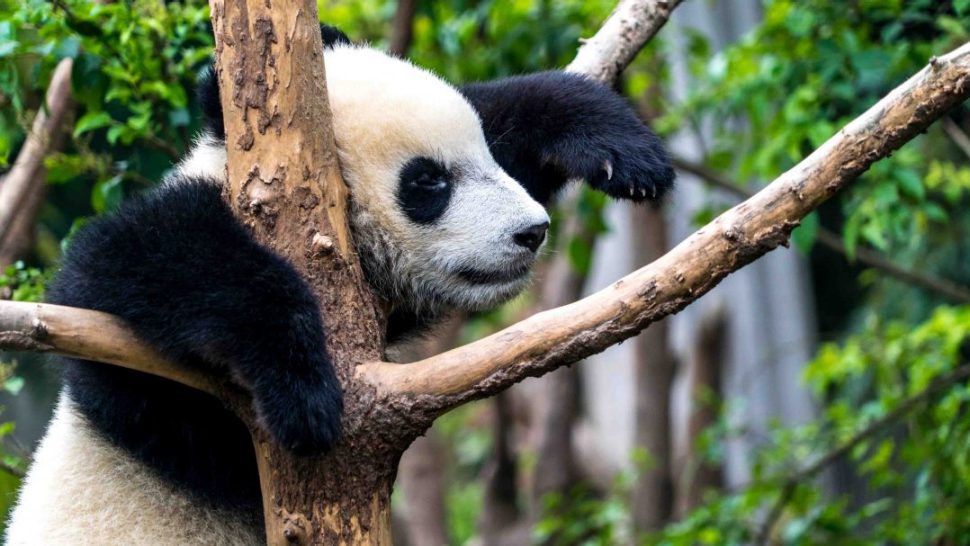Explore the best of the Great Wall of China
Built over 2000 years ago, the Great Wall is one of the most impressive architectural feats in history and undoubtedly one of China's most popular tourist destinations. Spanning over 6000 kilometers, there are a number of ways to see it and even more attractions to visit.

Whether you’re looking for the best hiking trails or the most photographic vantage points; the Great Wall has something for everyone. Here’s our guide to some of the most popular spots.
Badaling
The most popular section for locals and Chinese tourists to visit is Badaling, due its close proximity to Beijing. From Badging, there are several buses and trains to take you to the Wall; alternatively there are organised tours that depart from Beijing. Most of these also stop at the Ming Tombs and the Jade Factory. Badaling makes the perfect day trip; buy a Chinese kite, bring a picnic and create your own memorable experience at the Great Wall.
Mutianyu
Mutianyu is the most fully-restored and child-friendly section of the Great Wall, and so is a very common section for international travellers to visit. Mutianyu is about two hours away from Beijing, but has fantastic accommodation options if you wanted to stay in the town. Spending the night will also give you the opportunity to catch the sunrise or sunset at the Great Wall—a truly unforgettable experience.
Tip: Some parts of the Wall are quite steep, so it’s best to plan your walk in advance depending on your fitness levels. There are handrails and cable car facilities at several locations which are most suitable for young children, families and those who may need assistance.
Huanghua Cheng
Also located about two hours outside Beijing, Huanghua Cheng is known as the Yellow Flower section because during spring the entire section of the Wall is covered in beautiful yellow flowers. Despite being wonderfully preserved, this section of the Wall has never been restored so some of the original parts are quite steep and off-limits. Some parts of the Wall are submerged in a lake which is just another amazing feature of the Huanghua Cheng section.
Jinshanling
Arguably one of the most beautiful sections of the Great Wall is Jinshanling, as it’s only half-restored and half in original condition. It’s also very tall and populated with many watchtowers, which means it’s also a very popular hiking route due to its steepness and ruggedness. This section, and the hike to Simatai, is only recommended for confident hikers in good physical condition wearing correct footwear (as the ground can be quite uneven). For those who want to visit the section to have a look around and check out the view, there are cable cars available to avoid the trek up to the wall.
Jiankou
Also known as ‘Arrow Nock’, this section of the Great Wall is one of the most dangerous and most photographed areas. Zig-zagging over and across mountains, the 20km stretch from Ox Horn Edge Wall to the Nine-Eye Tower is a common walk for enthusiastic hikers and photographers. Some of the most famous attractions of the Wall are in this section, including the Beijing Knot, Zhengbei Tower and the Sky Stair.
Simatai
Simatai was named a World Heritage site in the late 1980s so has received very minimal restoration and consequently, receives many visitors. The 5.4km walk from the Jinshanling section of the Great Wall to the Simatai ‘Viewing Capital Tower’ is a very common walk for tourists. It’s also one of the few sections that is well-lit at night time and the only section open for night walks and tours (cable car options available).
Tip: There are many accommodation options and luxury hotels in this area; if you were thinking about spending a night at the Great Wall, Simatai would be a great place to do it.
Gubeikou
This wild and unrestored section has been well preserved and still retains its original bricks from two separate dynasties. Over 130 battles happened at Gubeikou, an important pass between ancient China and Mongol territory. If you were interested in joining a guided tour, this section (between Baimaguan and Jinshanling) would be a great place for hikers and history buffs.
Huangyaguan
What brings many tourists to this section of the wall is the annual Huangyaguan Marathon. Since the first race in 1999, it’s considered one of the most challenging runs in the world. Due to its steepness, it’s also a great spot to take in the views and get away from the crowds. During the Ming Dynasty, this section of the wall was significantly damaged during many battles, so has been extensively restored in what was the longest renovation projects of the Great Wall.
Before you embark on the Great Wall…
- From Beijing and other larger cities, public transportation is available to most sections of the wall. When travelling from smaller towns or to lesser travelled areas of the wall, transfers and tour busses are a good option.
- Comfortable shoes with a good grip are a must, along with a jacket in the colder seasons or at night. If you’re tackling the tougher sections, dress for hiking.
- If you decide to hike outside of the maintained areas, it can get quite muddy with loose stones and it can be pretty steep – so take extra care and travel with a buddy.
- Your planned trek could take longer than anticipated due to weather, crowds or works, so be sure to allow time for delays.
- Pack plenty of water and snack food, even if you’re only doing a relatively short hike, as some of the steeper areas can still be quite exhausting.
Before you embark on the great hikes of China, organise your travel insurance before you go.



